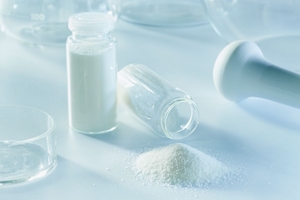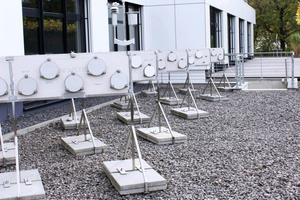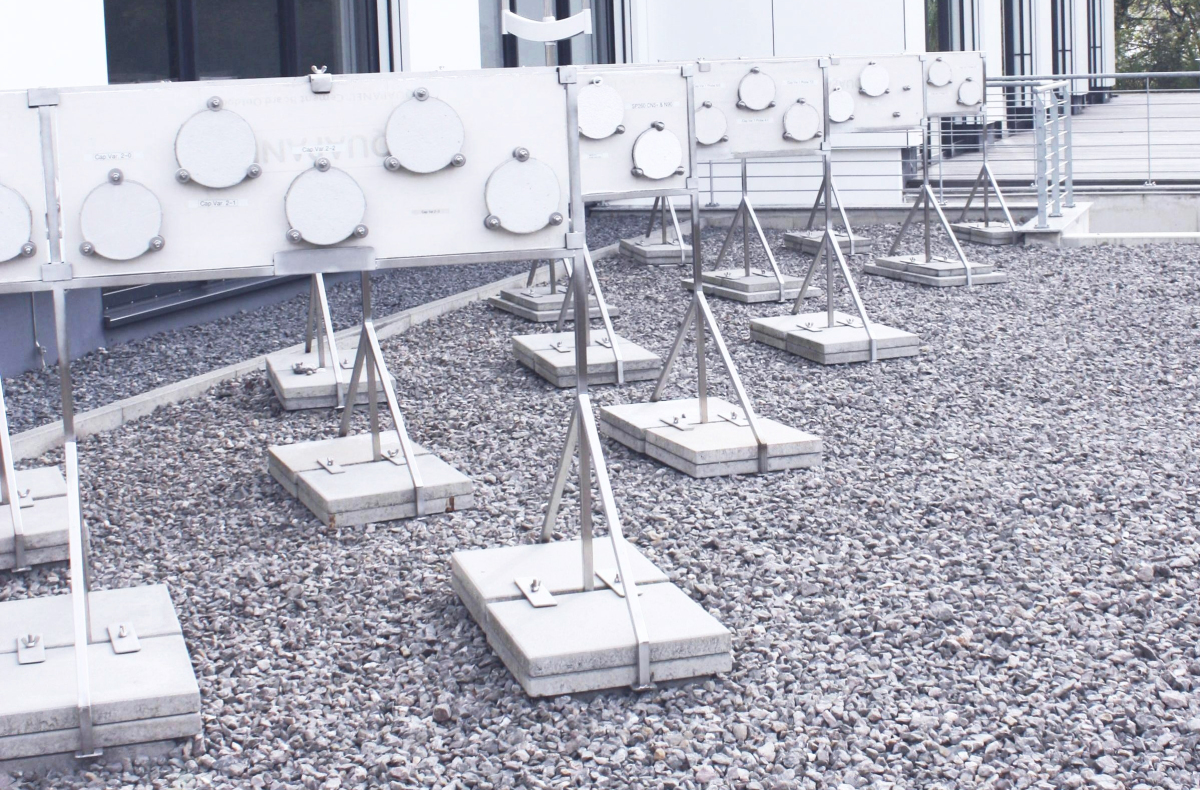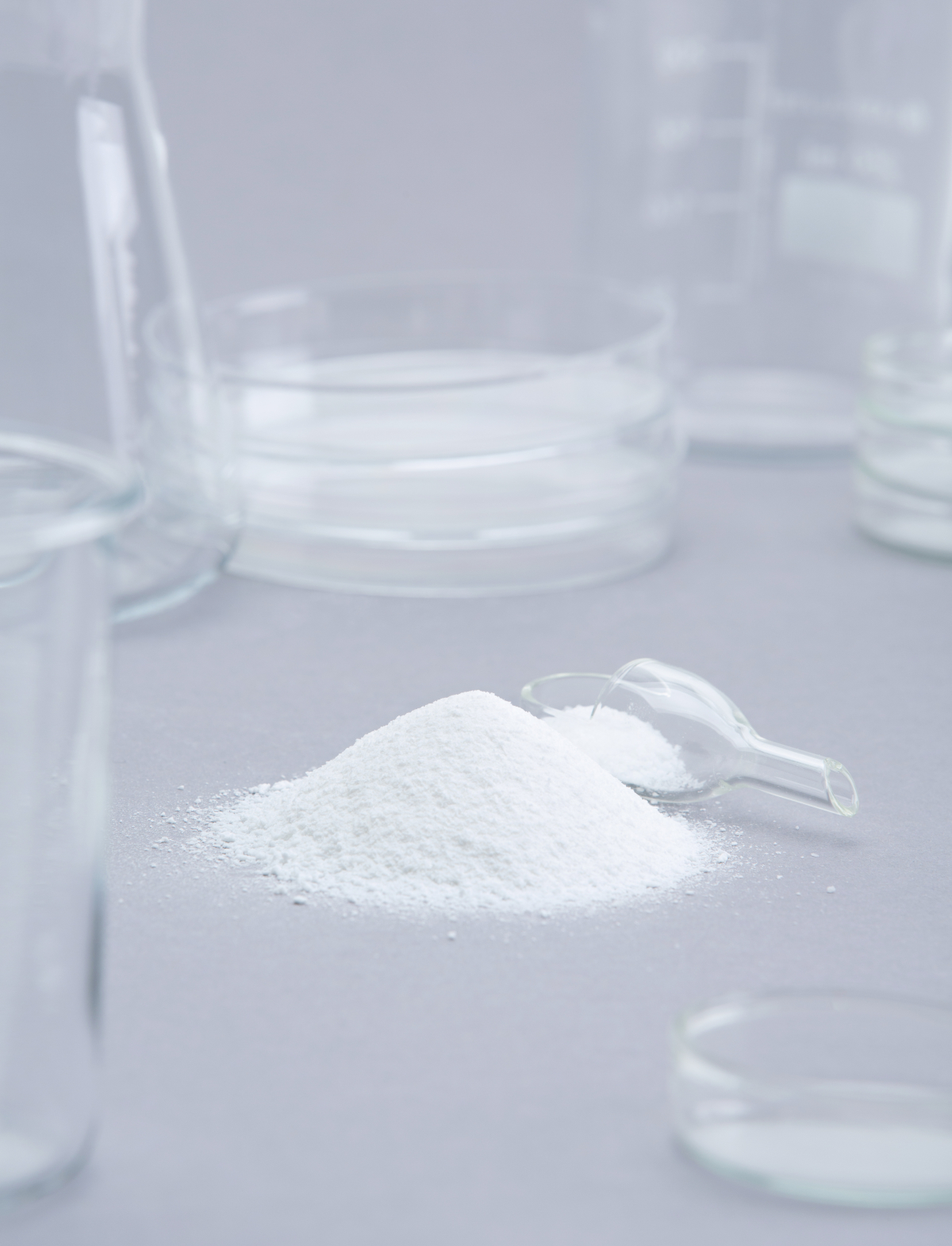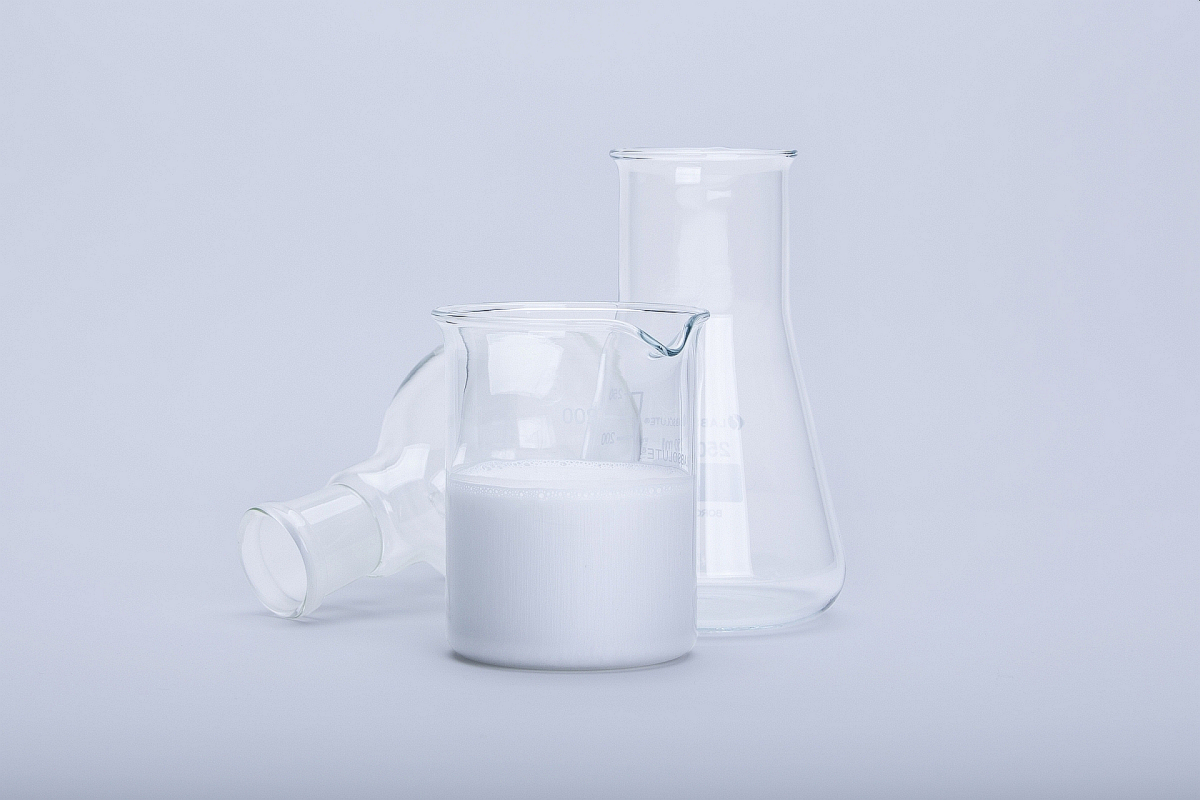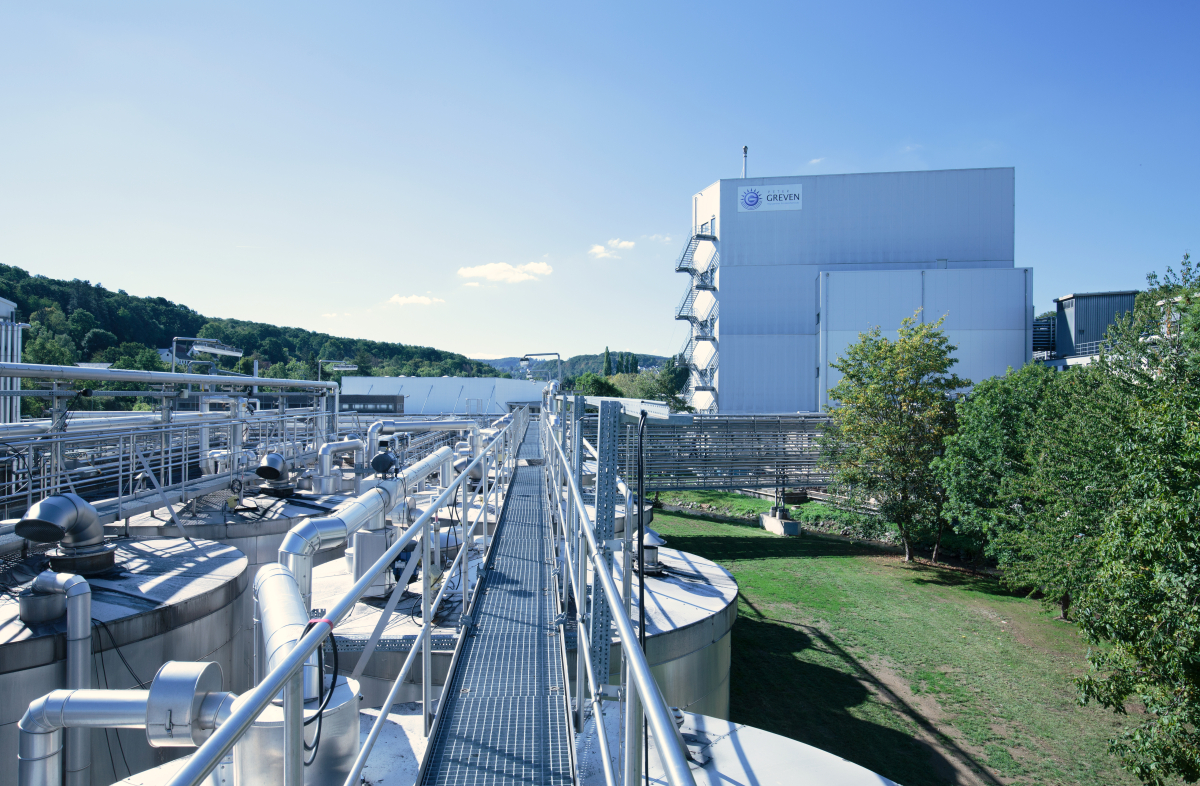New hydrophobing agent – Ligaphob CA 6 Plus
Hydrophobization is indispensable for the construction industry. Cracks or other visible damage to building materials are often caused by water or the increased absorption of water. Hydrophobing agents are used to avoid this damage and to provide strong protection right from the start.
Peter Greven has been producing hydrophobing agents for the construction industry for many years. Besides a standard range of reactive and non-reactive hydrophobing agents as well as combination products, the company developed a series of Ligaphob Plus products with outstanding properties. So far, this consisted of different alkaline soaps and combination products but with the innovative, new product Ligaphob CA 6 Plus the company was able to create the first metallic soap for the Ligaphob Plus series.
Ligaphob CA 6 Plus is a vegetable-based calcium soap with unique hydrophobing characteristics. Due to its selected C chain distribution it offers an ideal balance between strongly hydrophobic long chains and easily distributable short chains. Parameters like grain size and bulk density lead to less compacting and less influence on air voids when compared to other hydrophobing agents. Therefore, the product offers an overall low impact on workability and is suitable for nearly all application areas within the construction industry.
Besides determination of different lab parameters, Peter Greven also included Ligaphob CA 6 Plus in a field study for outdoor weathering. Along with the opening of the new administration and laboratory at the headquarters in Bad Münstereifel in 2014 the company set up an area to examine the effectiveness of hydrophobing agents over a prolonged period of time. For test purposes, plaster discs are prepared according to DIN EN ISO 15148. The discs are mounted to frames facing south-westerly in the direction of the driving rain. Values for all test specimens are measured every six months for the first two years and on a yearly basis afterwards. Ligaphob CA 6 Plus has been part of the study for roughly one year now and it shows outstanding results. Nevertheless, Peter Greven will keep the study running in order to collect reliable long-term data for the product.

